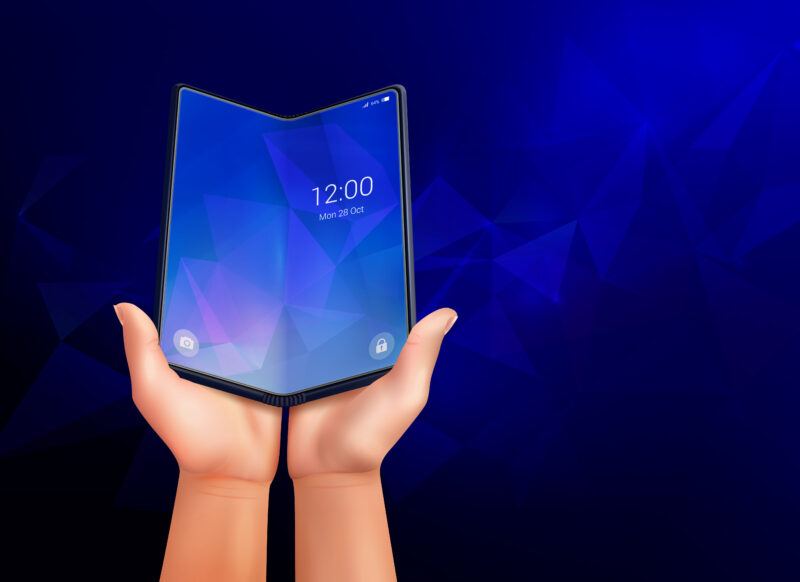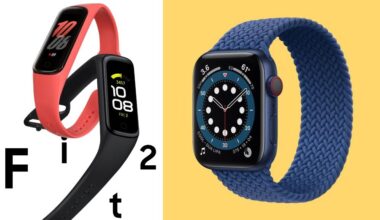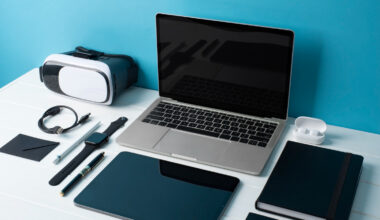Foldable phones have moved from novelty to serious contenders. What used to feel futuristic—bending screens, phones that turn into tablets—is now real, more refined, and appearing in mainstream lineups. But the question remains: with high prices, delicate parts, and trade-offs in battery life or durability, are they truly worth buying in 2025?
In this article, we’ll explore what has improved, what still needs work, and whether foldables belong in your pocket this year.
What’s New in Foldables in 2025
Here are some of the important advances and recent models that show how foldables are evolving:
-
Samsung Galaxy Z Fold 7 and Flip 7: The Fold 7 is thinner, lighter, and more polished, with high refresh rate displays, improved hinges, powerful chipsets, and up to seven years of software/security updates.
-
Pixel 10 Pro Fold: Notable for being the first foldable phone with IP68 dust and water resistance, upgrading durability significantly. It also supports newer wireless charging standards like Qi2, which helps close the gap with non-foldables.
-
Honor Magic V5: Among the thinnest foldables when folded and open, with dual 120 Hz LTPO OLED screens and high-end internals. It’s a sign that manufacturers are pushing for lighter, sleeker designs.
-
Huawei Pura X: A vertically folding device with a smaller outer screen, a strong battery, and charging capabilities. It also has improved water resistance and a better hinge design.
These are just some of the examples showing that the foldable market is maturing—not just experimenting.
The Advantages of Foldable Phones
Here’s what foldables do well (or better than traditional phones) in 2025:
-
More Screen Real Estate
Foldables offer larger inner displays—great for multitasking (split-screen apps), media consumption, reading, and editing. If you often use your phone for more than just social media or calls, that extra screen helps. -
Flexibility & Novelty
Devices like the Flip series are compact when folded—easy to carry. Then you get a larger screen when you open them. It combines portability with functionality. -
Improved Durability Features
With models like the Pixel 10 Pro Fold getting IP68, better water and dust resistance is becoming more common. Hinges are getting stronger. Manufacturers are using better materials (hinge systems, glass, etc.). -
Better Software and Ecosystem Support
More apps are being optimized for foldable screens. Also, several manufacturers now promise longer software support (5-7 years of updates), which improves long-term value. Samsung’s Fold 7 and Flip 7 are good examples.
The Drawbacks & What Still Needs Improvement
It’s not perfect yet. Here are the trade-offs and lingering issues:
-
Cost
Foldables remain expensive. Premium features, engineering challenges, and parts cost more. Even with discounts or trade-in deals, they’re still much more expensive compared to regular flagship and mid-range phones. -
Battery Life
Big inside displays and dual screens consume more power. Foldables often require dual or large battery setups. Even so, heavier usage drains them faster. For some users, running big screens, multitasking, or using outdoors heavily means more frequent charging. -
Durability Risks
While hinges and materials are better, the folding screen is still more fragile than typical flat phones. Creases, screen protector peeling, dust ingress into the hinge, and more wear if not handled carefully. -
Weight, Thickness & Bulk
Even the thinnest models are bulkier or thicker when folded. The unfolded size can be large and more fragile. Pockets and handling: one-hand use can be more challenging. -
App Optimization & UI Issues
Not all apps adapt well to foldable displays. Some apps still have black bars, awkward layouts, or lag when switching between folded/unfolded modes. Typing, display ratios, and aspect ratios can feel off in some use cases.
Are They Worth It Yet? Who Should Consider Getting One in 2025
Foldables are worth it in certain cases. If any of these describe you, you might benefit:
-
You use your phone heavily for productivity or multitasking—writing, editing documents, split-screen, and having two apps open side by side.
-
You often watch media (videos, movies, comics, and reading) and want a device that can act like a tablet occasionally.
-
You love new tech, novelty, and style, and are willing to pay a premium for the unique experience.
-
You care about long-term updates and better durability (IP ratings, good hinge) because you plan to use it for many years.
Maybe wait or get a less expensive model if:
-
You want something affordable; foldables are still premium.
-
You prioritize battery life above all else (for heavy usage away from power).
-
You are rough on gadgets (drops, rugged environments)—because foldables need more care.
-
Many of your apps or workflows don’t benefit from a larger/folded screen—if you mostly use simple apps, social media, or messaging.
Real-World Examples & Prices
Here are a few models (2025) to give you a sense of what’s out there, what you get, and roughly what you’ll pay.
| Model | Form Factor / What’s Good | Considerations/Price Range* |
|---|---|---|
| Samsung Galaxy Z Fold 7 | Book-style fold, powerful specs, long software support, great for multitasking. | Expensive (~ US$1,999), heavier when folded, and battery life can suffer under heavy use. |
| Samsung Galaxy Z Flip 7 / Flip 7 FE | Clamshell flip design—compact, great outer screen, stylish; Flip FE tries to be more affordable. | Still premium pricing, though lower than the Fold series; some trade-offs in power/battery. |
| Pixel 10 Pro Fold | Adds IP68 rating, better outer screen, improved durability + wireless charging (Qi2)—pushing foldables forward in real-use toughness. | Premium pricing is likely; it’s still a newer device, so there are early adopter risks. |
*Prices vary by region, storage/RAM configuration, and discounts or trade-ins.
Verdict: Is It Time to Jump In?
In 2025, foldable phones will be much more mature than in their early years. They are thinner, more durable, more useful, and getting more mainstream. But they still don’t beat traditional phones in every category—especially price, ruggedness, and battery under heavy use.
If you value what foldables offer (more screen space, flexibility, and multitasking), and you’re okay paying a premium and treating the device with some care, then yes—they are worth considering now.
If you just want a reliable phone with excellent battery life, durability, and moderate cost, a regular flagship or upper-midrange phone might still be the smarter buy.








